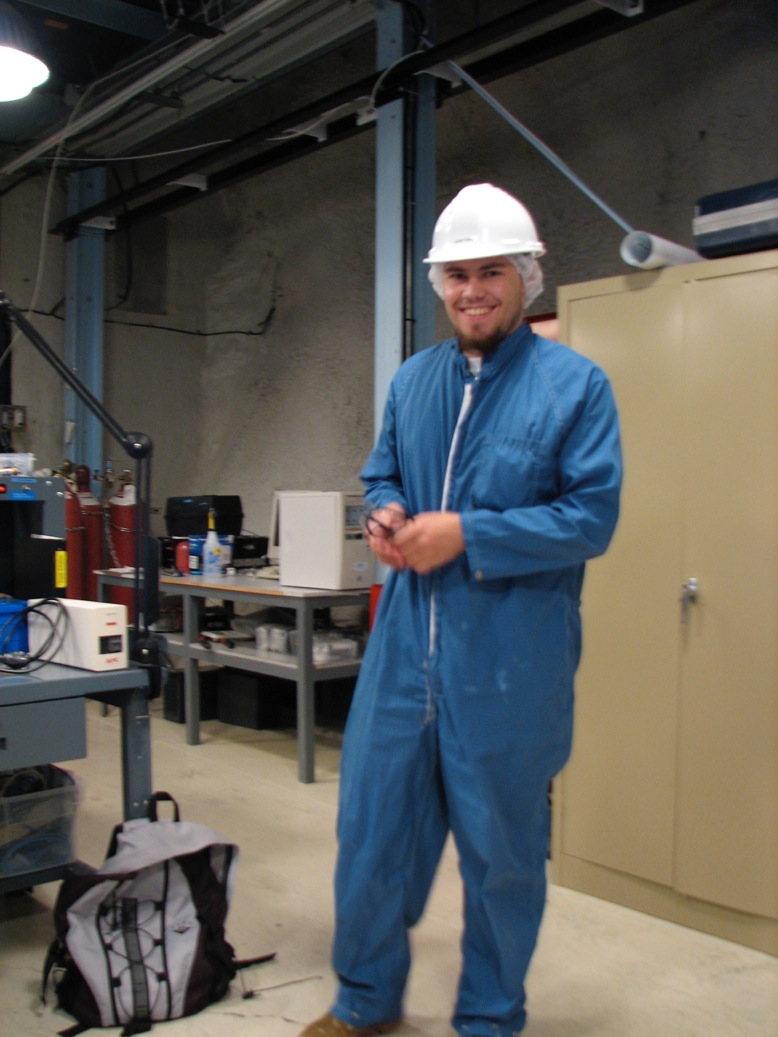Scientists working in Portugal share Breakthrough Prize in Fundamental Physics

The Breakthrough Prize in Fundamental Physics 2016 distinguished five international, collaborative experiments for the fundamental discovery and investigation of neutrino oscillation. The five teams are composed of 1377 researchers (mostly physicists), including four scientists from LIP - Laboratory of Instrumentation and Experimental Particle Physics, one of the national research centers funded by FCT. All members of the five teams share the prize recognition, and the $3 million (€2.79 million) prize.
According to a statement about the award, the research carried out by the winning teams "reveals a new frontier beyond, possibly far beyond, the Standard Model of particle physics." Together, the experiments contributed to show that neutrinos have the ability to change identity as they travel from the sun to detectors on Earth, or in particle accelerators, built precisely to investigate the nature and behavior of these particles. These findings have led to the conclusion that, contrary to popular belief, neutrinos have mass, however small. These conclusions have implications for the Standard Model of particle physics, which requires neutrinos to be massless.
The new observations have opened up a new generation of experiments, at the border between particle physics and cosmology, that could help physicists understand what are probably the most enigmatic particles in Nature. After the particles of light, photons, neutrinos are the most abundant particles in the universe - the Earth is constantly bombarded by neutrinos. They can pass through almost any kind of matter and are difficult to detect - thousands of billions of neutrinos pass through our bodies every second.
The discovery of neutrino oscillation was recognized this year through the Nobel Prize in Physics, which honored Takaaki Kajita and Arthur McDonald, directors of the SuperKamiokande Collaboration (Japan) and SNO - Sudbury Neutrino Observatory (Canada) experiments - two of the Breakthrough Prize winning experiments. The other three experiments are: Daya Bay Reactor Neutrino Experiment (China and USA), KamLAND Collaboration(Japan) and K2K(KEK to Kamioka) and T2K(Tokai to Kamioka) Long Baseline Neutrino Oscillation Experiments (Japan).
José Maneira, Nuno Barros and Gersende Prior integrated the SNO experiment (led by Nobel Prize winner Arthur McDonald). Sofia Andrigna was part of the team for the K2K and T2K experiments. All are currently involved in the successor experiment to SNO - SNO+ - which will continue to study solar neutrinos.


The Breakthrough Prizes were created by Sergey Brin (Google), Anne Wojcicki (23andMe), Mark Zuckerberg and Priscilla Chan (Facebook), Yuri and Julia Milner, and Jack Ma and Cathy Zhang. They distinguish "important successes, especially recent ones, in the categories of Fundamental Physics, Life Sciences and Mathematics." In 2016, in the 3rd edition, $22 million (€19.5 million) was awarded to the three categories, a new Breakthrough Junior Challenge category (for videos produced by 13- to 18-year-olds communicating big ideas in the life sciences, physics or mathematics), and five New Horizons awards (honoring the successes of young scientists).
(Image credit: LIP)